How To Choose Shafts For Your Fairway Woods – Wood Shaft Buying Guide
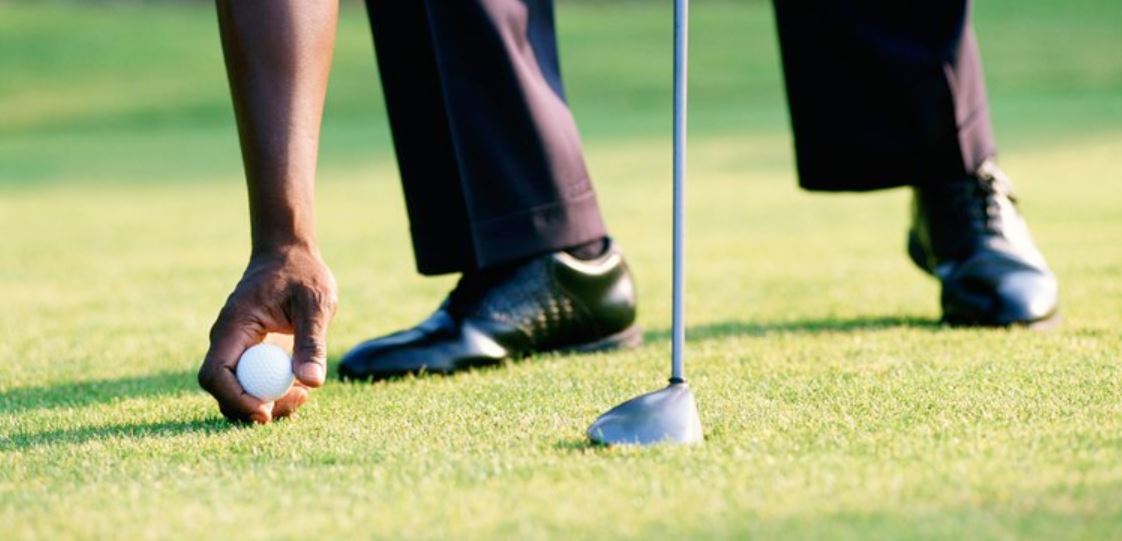
The beauty of modern adjustable woods is that you can create yourself a club that feels new just by changing the shaft. It is so easy and is actually something I did last week. The question is though, how do you know what shaft to buy to update your fairway wood? How do you choose?
In this article I am going to take you through what you need to be thinking about when you are looking for a new shaft in your fairway wood. It’s not just about flex and this article will help you understand the important factors to help you make the right decision.
Fairway Wood Shafts And Why They Are Important
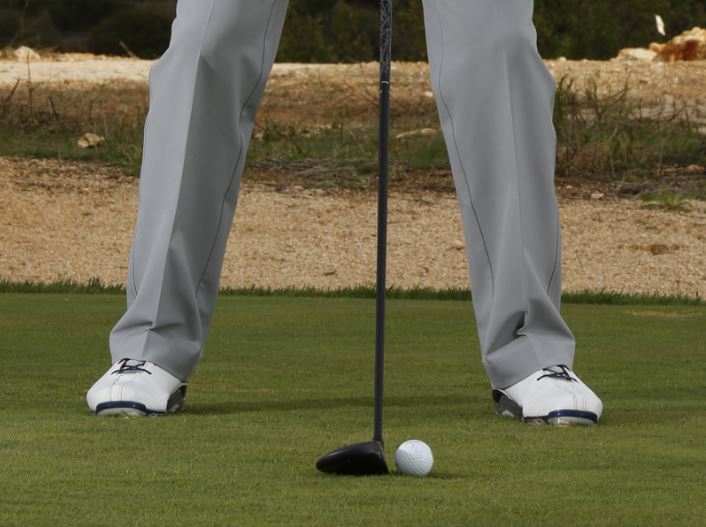
The fairway wood is a unique club, you want it to go far but you need it to be accurate. These clubs can help you find tight fairways or reach distant greens. Picking the right shaft is essential to help you optimize your accuracy and length.
Many golfers think of the fairway wood as an afterthought and just grab a bargain. Finding the right club can be great for your game. Think of Henrik Stenson and his magic 3 wood, by carefully selecting a fairway wood shaft, you too can start a love affair with the small-headed metals.
What Are The Key Aspects Of A Fairway Wood Shaft?
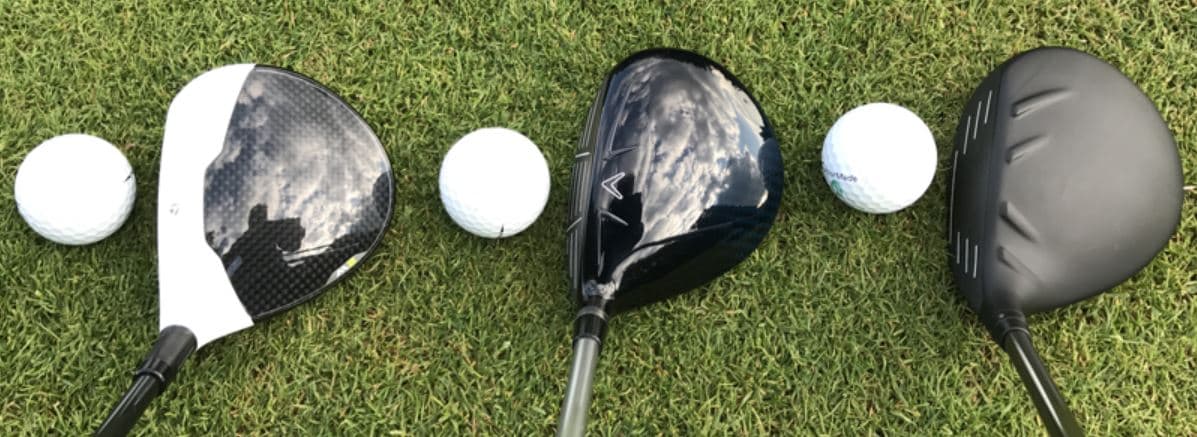
We will go into each of these in more detail in this article, but some of the things you need to consider are weight, torque, material, length, flex and kick-point.
Many focus on flex only but weight and torque are probably far more important factors to consider in this process.
Fairway Wood Shaft Weight – Heavy or Light?
Weight is a vital thing to get right in any shaft you buy. This is a complicated topic though, there is actual weight, perceived weight and weight positioning.
Some factors other than weight can make a shaft feel heavy or light (perceived weight), whilst counter-balanced weight can be really helpful.
In general, although this is a bit overly simplistic, lighter shafts are better for extra-distance and heavier shafts are better for extra-control. A lighter shaft can also help you carry a stiffer flex as you gain extra speed which can enhance control. Try different weights to see what feels good.
Material – Graphite Vs Steel And For Who

It is very rare to see someone playing a wood without a graphite shaft these days, but have you ever stopped and actually considered why?
Apart from the fact that many manufacturers don’t even offer steel shafts in woods, who could benefit from each material and why?
Graphite
The classic shaft material, graphite gives superior weighting options and is great for keeping a club light. Graphite is optimized for distance and will be the best material for most golfers. The best thing about graphite is the exquisite control you can gain on flight characteristics.
With graphite you can choose high-, mid- or low-launch and spin which can really help you optimize how the ball flies. You can also move weight around the shaft better to change swing weight, as we see in the increasingly popular counter-balanced graphite shafts.
Steel
If, like me, you were just getting into golf as Tiger Woods was hitting the scene and dominating everything, the idea of a steel-shafted fairway wood is a big deal. This is something that Tiger did back in the day as it helped give him extra control of the ball and better feedback through feel.
If you are a golf who can swing a little quick or just want exquisite control, steel could really bring benefits to your fairway wood game. It is heavier than graphite too, something that many golfers will enjoy the feel of. It is a rare thing to see on the market but it is there if you want it.
What Shaft Flex Should You Use?
Shaft flex is often the main focus for people looking at new clubs but it’s not the be all and end all.
Your swing speed helps to determine what shaft flex you should be using, The weight and torque of the shaft can also play an instrumental role in the shaft that you should be using.
The table below sets out, in very general terms, what kind of swing speeds work best with which shaft flex:
Data From True Spec Golf
Using the wrong flex will seriously kill the distance you can hit the ball and can also make it near impossible to be accurate.
For a quick note, a shaft that is too stiff will tend to cause low slices and a shaft that isn’t stiff enough will cause high power-draws.
How Does Flex Affect Performance?
When you get flex right you have a club that works with you and for you.
You will feel supported by the shaft, the ball will go far and it will be accurate. It is a great feeling. If you get it wrong it can be a nightmare, so hard to hit consistently and feel that the club is doing nothing for you at all.
How Does Fairway Wood Shaft Length Affect Performance?
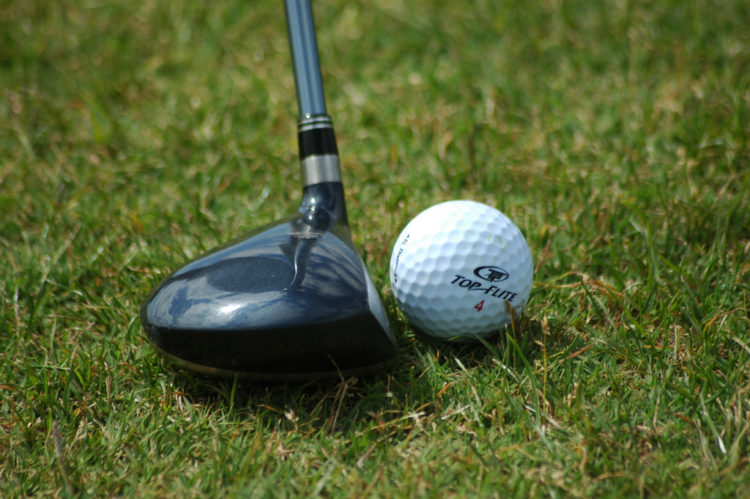
This is a matter of basic physics, the longer the club the further it should be able to hit a ball, in general.
You can see this must be valid as iron and driver shafts have been getting longer in the pursuit of distance. The drawback is that this kills accuracy, you need to decide what you want.
What Happens If It’s Too Long Or Short?
A shaft that is too long will go further but it will be much harder to control. Long drive contest entrants use extra-long shafts, for example.
If you get a shaft that is too short, although it will be accurate and easy to control, you will lose a significant amount of distance with the club.
How Does Fairway Wood Shaft Weight Affect Performance?
Weight is an often under-considered and under-appreciated factor in fitting a shaft. This is a very technical thing, more than just swing speed, that hinges around when you release the club toward the ball. It is about how you load the shaft in the transition and the feel you want.
If you have an aggressive swing the heavier is better, if you are stronger than average then heavy is better and maybe you just like that feeling. The opposite holds true for these factors too, of course. Speak to a technician about it and ask them to help explain why they choose weights.
What Happens If The Shaft Is Too Heavy or Too Light?
If you get the weight wrong, the first issue will be that it just doesn’t feel right during your swing. A shaft that is too heavy will be difficult to fully load and it will make you struggle to get good distance. It may feel a little dead sin your hands and very stiff through the swing.
If it is too light, you may struggle with the timing of your swing, the club can feel like it isn’t working for you and is way too flexible. It will just feel weak in your hands and may be tough to hit accurately. This is a factor that you just know what is right/wrong as you swing the club.
What Are The Other Factors To Consider?
There is nothing that can beat confidence when trying new clubs/shafts.
If something feels good in your hands and gives you confidence to execute then that is worth an awful lot and should not be underestimated.
How Important Is Swing Speed?
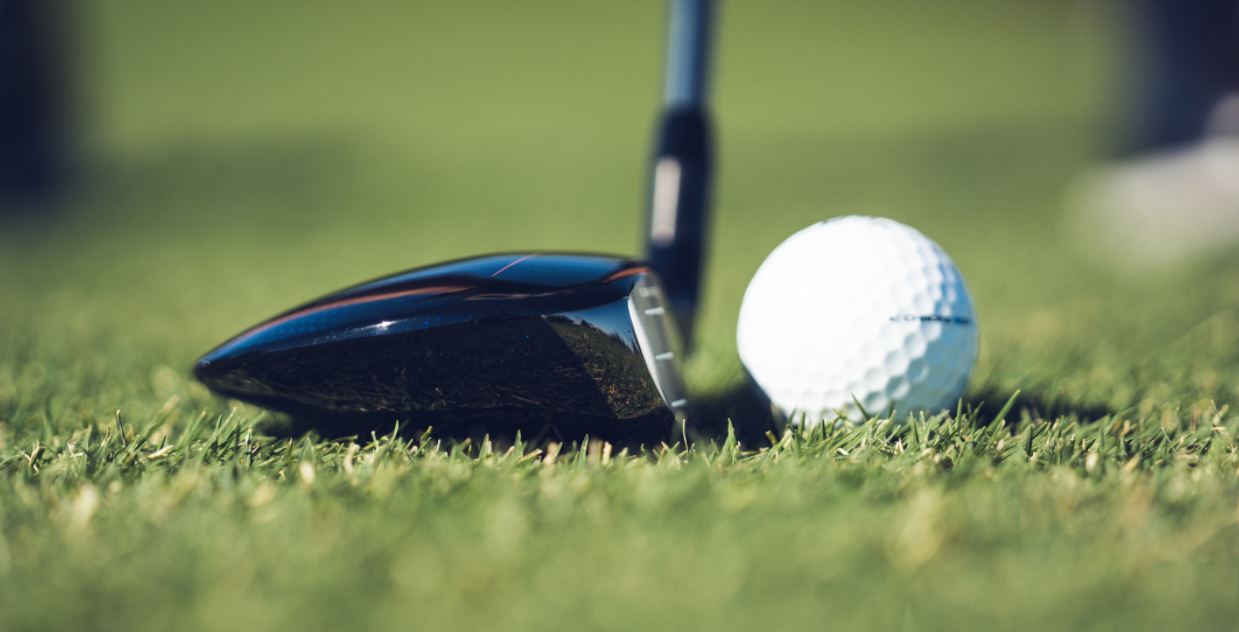
When you are trying out new clubs, there is always a temptation to swing it hard. The most important thing about swing speed is that when you’re trying new clubs or shafts you ensure that you use your”on-course” swing.
Swing speed is a big contributor to what shaft is best for you, I believe it is around 50% of the story. Your tempo and how you load the shaft during your swing make up the majority of the other half of choosing the right shaft.
Other Factors
To add more detail to the statement above, let’s look at some of these individual factors and how they influence what you should be looking at.
Torque
This is a factor that is very different to shaft flex but is complimentary to it. Slower swing speeds require a higher torque so help square the face into impact. That higher torque also has the benefit of making the shaft feel smoother and more active during the swing.
For faster swing players a lower torque is needed. This will help the player feel more control in the shaft and that it is supporting your speed. This will also help you with better control and dispersion.
Kick-Point
When you swing your club, it bends. This is the shaft “storing” the power and speed of your swing ready to unleash it at the ball.
The point in the swing that this unleashing, or kick, happens is the kick-point. The kick-point plays a vital role in the launch of the ball and height of the flight.
The lower the kick-point, the higher the ball flight, this is particularly useful to golfers with slower swing speeds. Low kick-point shafts help them get the ball in the air. Of course, the opposite is true and faster swing players benefit from higher kick-points which helps add control.
How To Know What Shaft Is Best For You – What To Consider?
This is where you want to be working with a launch monitor and someone who knows how to explain the data that it produces. Using this great piece of technology you can see exactly what the club and ball are doing. This will teach you if the shaft is working optimally for you.
The other aspect is feel. There is a very special feeling when you have a club that feels right during your swing. You feel it is providing you with energy and support, pay attention to that when you’re hitting balls. Combining data with feeling is a powerful double-act.
Should I Get A Fitting For My Fairway Wood Shaft?
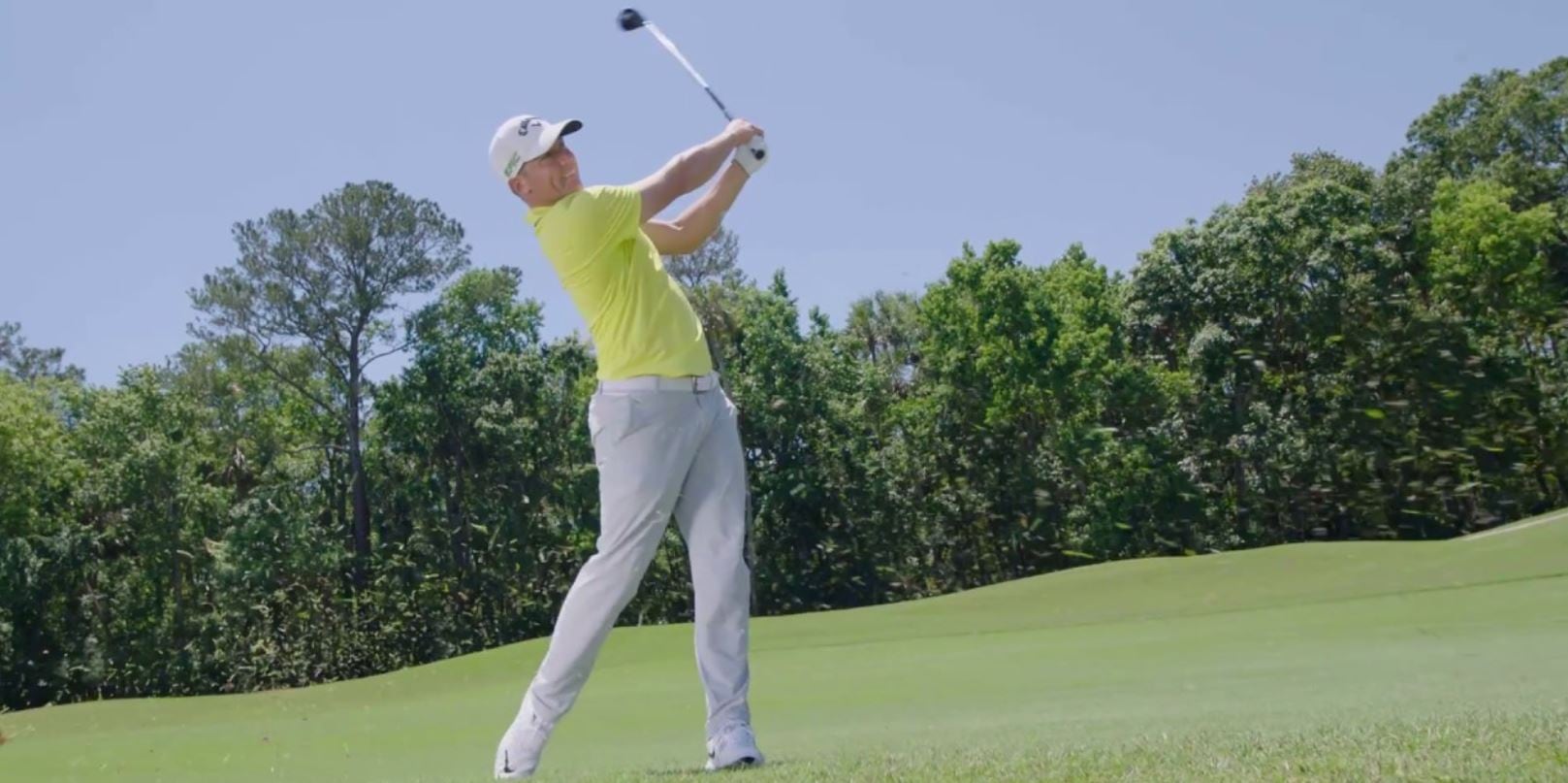
Absolutely, working on choosing a shaft and giving it the same attention as a whole club is essential.
Buying a new shaft for your fairway wood can give it a whole new lease of life. Working with a technician and going through the proper process will help ensure you get the best shaft.
FAQs
Should Fairway Wood Shafts Be Heavier Than Driver Shafts?
They don’t have to be but they do tend to be. It is personal preference, my 3 wood shaft is about the same weight as my driver shaft.
What Is The Best Fairway Wood Shaft For A High Handicapper?
The Project X EvenFlow Blue 55 is a great value and astoundingly high-performing shaft. This is a medium launch and medium spin option that just feels so buttery smooth during the swing.
3 Wood Vs 5 Wood Shaft Weight
These will often be very similar weights. Whilst the 5 wood will be a slightly shorter shaft length, you wouldn’t expect the total weight to differ too much.
How Much Does It Cost To Reshaft A Fairway Wood?
Reshafting a fairway wood will cost you about $30 in terms of the fee a pro would charge you to do it. If you send the club to manufacturer to do this it will cost a lot more. The shaft itself could range anywhere from $10 to $500 and over if you want to go ultra-premium and exotic.
Can I Do It Myself?
Yes, but you will need a lot of specialist equipment. If this isn’t something you plan on doing regularly then it is not worth it and you may as well have your club pro help you with it.
Our Favourite Wood Shaft For:
High Swing Speeds: Mitsubishi AV Raw White extra stiff flex
Medium Swing Speeds: Project X EvenFlow Riptide CB 5.0 flex (firm/regular)
Slow Swing Speeds: UST Mamiya Helium regular or senior flex
What’s The Most Popular Fairway Wood Shaft On Tour?
The Fujikura Ventus continues to take the tour by storm. It comes in high launch (red), medium launch (blue) and low launch (black) options.
This is a phenomenal piece of tech.
Conclusion
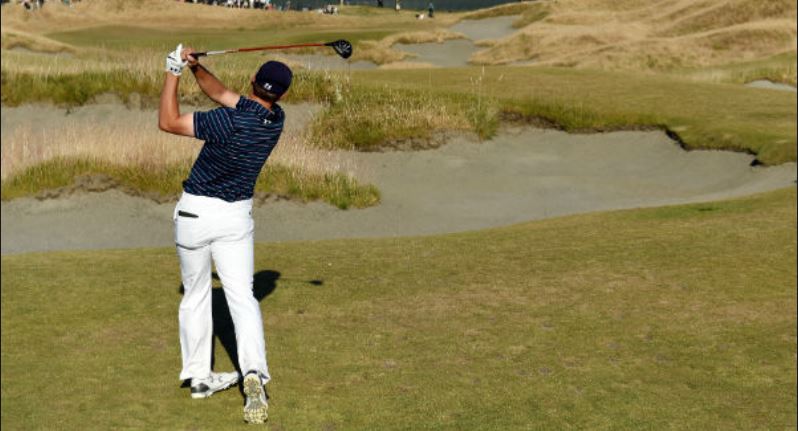
Sometimes you need to tweak your equipment, sometimes you just need that new spark to help you restore confidence in a club. Changing shaft can to exactly that and is something worth exploring, it is often cheaper than buying a whole new club and can have the same effect.
Book an appointment with a trained customer fitting technician and go through the process of a proper fitting to get the right shaft for your fairway wood. Now is the time to do this so you can get used to the new shaft before the summer season starts. Have fun searching and choosing!



